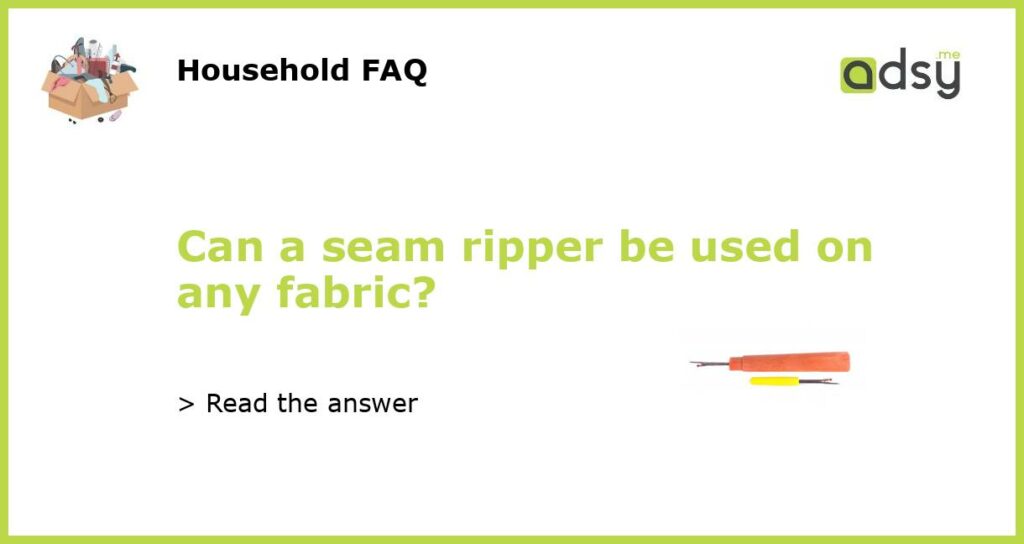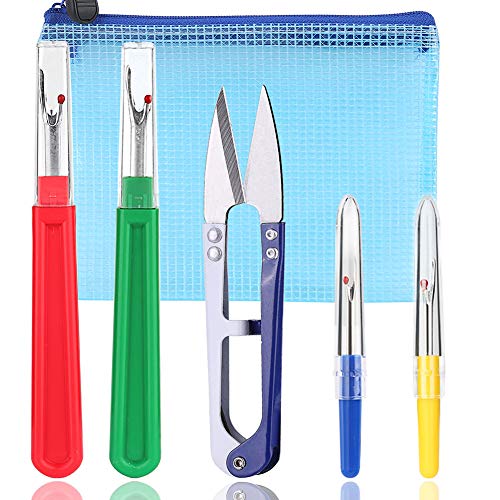Understanding the Purpose of a Seam Ripper
A seam ripper is a tool that is commonly used in sewing and dressmaking to remove stitches. It consists of a handle and a thin, pointed blade that can be inserted between the stitches of a fabric to cut the thread and remove unwanted seams. Seam rippers are designed to be gentle on fabrics, but there are certain considerations to keep in mind when using one on different types of fabric.
Safely Using a Seam Ripper on Delicate Fabrics
Delicate fabrics such as silk, lace, chiffon, or organza require special care when using a seam ripper. These fabrics can easily tear or snag, so it is important to use a gentle touch and take your time to avoid damaging the fabric. When using a seam ripper on delicate fabrics, it is advisable to start by cutting a few stitches at a time and then gently pulling the thread out. This will help prevent any accidental snags or tears.
Seam Ripping Synthetic Fabrics
Synthetic fabrics like polyester, nylon, or spandex can be easier to seam rip compared to delicate fabrics because they are less prone to tearing or snagging. When using a seam ripper on synthetic fabrics, you can follow a similar approach as with delicate fabrics by starting with a few stitches at a time and gently removing the thread. However, synthetic fabrics can have a tendency to fray, so it is important to trim any loose threads after seam ripping for a neat finish.
Seam Ripping and Knitted Fabrics
Knitted fabrics, such as jersey or knits, can pose a different challenge when using a seam ripper. Due to the nature of knitted fabrics, the stitches can be more tightly interlocked, making it difficult to cut the threads smoothly with a seam ripper. In this case, it may be helpful to first loosen the stitches by gently stretching the fabric. Once the stitches are slightly more visible, you can then use the seam ripper to carefully cut the thread and remove the unwanted seam.
General Tips for Seam Ripping
Regardless of the fabric you are working with, there are some general tips to keep in mind when using a seam ripper. Firstly, always ensure that your seam ripper is sharp and in good condition to avoid any unnecessary ripping or tearing. It is also important to work in good lighting and have a clean work area to easily identify the stitches you want to remove. Lastly, take your time and have patience when seam ripping, as rushing can lead to mistakes or accidents.






